Deformation Issues of Elbows in Industrial Piping Systems
2025-06-26 19:36:57
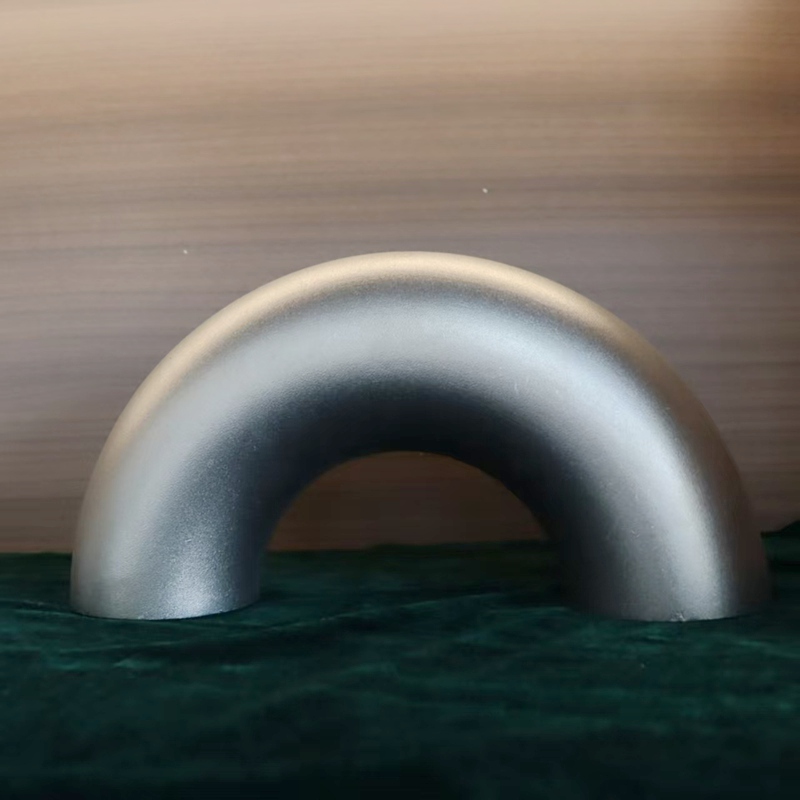
Deformation Issues of Elbows in Industrial Piping Systems
Elbows are essential components in industrial piping, used to change the direction of fluid flow. However, due to mechanical stresses, thermal effects, and installation factors, elbows can experience deformation that may compromise the integrity and function of the piping system.
1. Causes of Elbow Deformation
Thermal Expansion and Contraction: Temperature fluctuations cause the pipe material to expand and contract. Elbows, especially those near heat sources, can warp or bend due to uneven thermal stresses.
Mechanical Loads: External forces such as pipe weight, vibrations, or improper support can cause bending or distortion of elbows.
Internal Pressure: High internal pressure may cause the elbow to deform, particularly if the wall thickness is insufficient or if corrosion has weakened the material.
Improper Installation: Misalignment during welding or fitting can induce residual stresses, leading to deformation over time.
Corrosion and Material Degradation: Loss of material thickness due to corrosion reduces structural strength, making elbows more prone to deformation under load.
2. Types of Deformation
Ovalization: The circular cross-section of the elbow becomes oval-shaped, affecting flow characteristics and pressure ratings.
Bending or Warping: The elbow may bend out of its intended plane, causing misalignment in the piping system.
Buckling: Under compressive forces, parts of the elbow wall may buckle inward.
Cracking: Deformation may cause cracks at high-stress points, especially near welds.
3. Impact of Deformation
Flow Disruption: Changes in geometry can increase turbulence and pressure drop.
Leak Risk: Deformation can compromise joint integrity, leading to leaks.
Structural Weakness: Deformed elbows have reduced mechanical strength and are more susceptible to failure.
Maintenance Challenges: Misaligned or deformed elbows complicate inspection, repair, and replacement.
4. Prevention and Mitigation Measures
Proper Design: Use elbows with adequate wall thickness and appropriate materials for the operating conditions.
Support and Anchoring: Install pipe supports and guides to reduce mechanical stress and prevent sagging.
Thermal Stress Management: Incorporate expansion joints or loops to accommodate thermal movement and reduce stress on elbows.
Accurate Installation: Ensure proper alignment and welding procedures to minimize residual stress.
Regular Inspection: Use non-destructive testing (NDT) methods to detect early deformation or cracking.
Corrosion Protection: Apply coatings, linings, or cathodic protection to maintain material integrity.
Conclusion
Elbow deformation in industrial piping systems results from a combination of thermal, mechanical, and installation factors. Proactive design, careful installation, and regular maintenance are vital to prevent deformation, ensuring safe and efficient operation of the piping network.
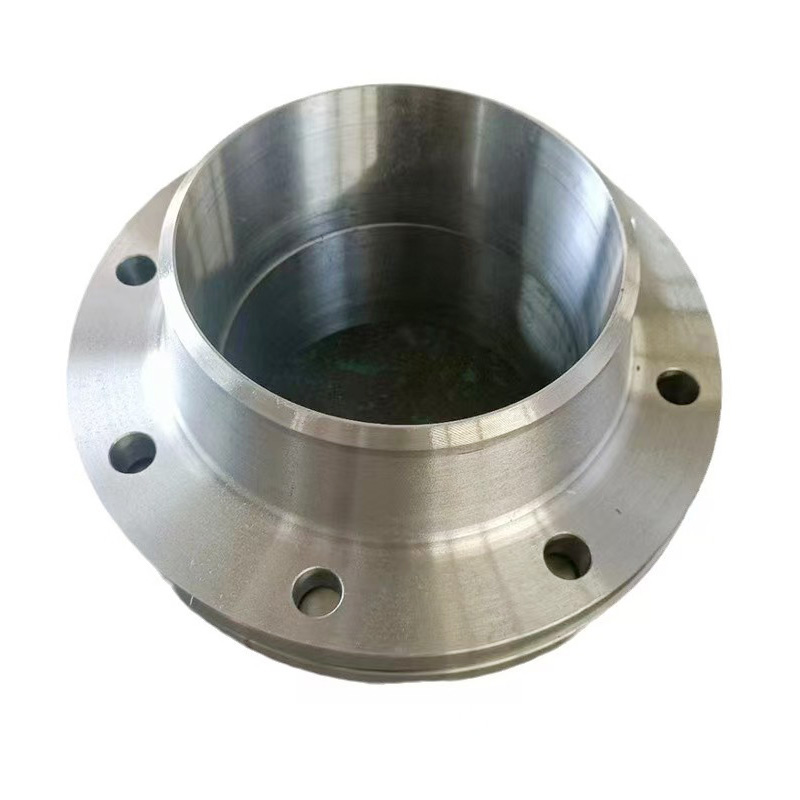
AWeld Neck Flange (WN Flange)is a type of piping flange designed to be welded to a pipe or ...
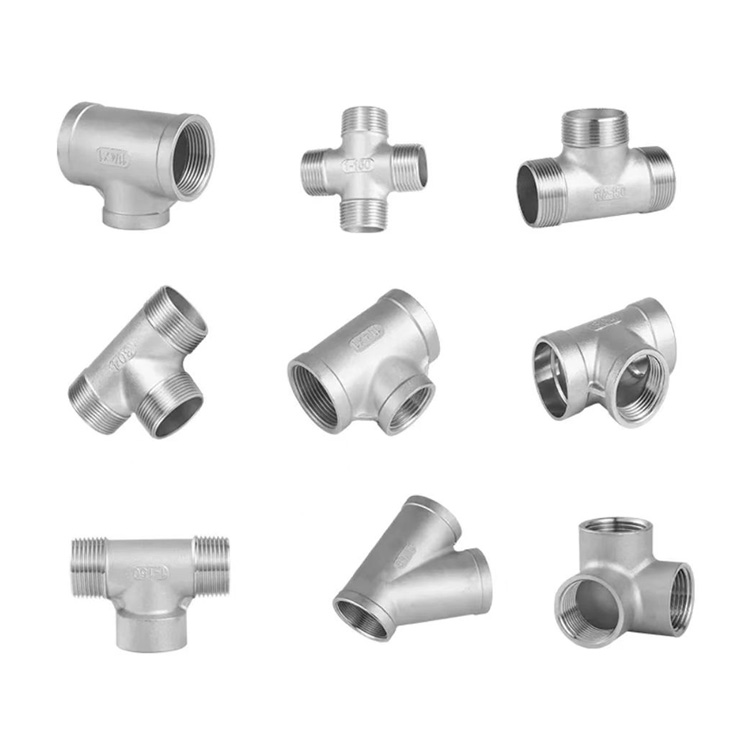
Socket fittings are essential components in piping systems, designed to connect, branch, or...
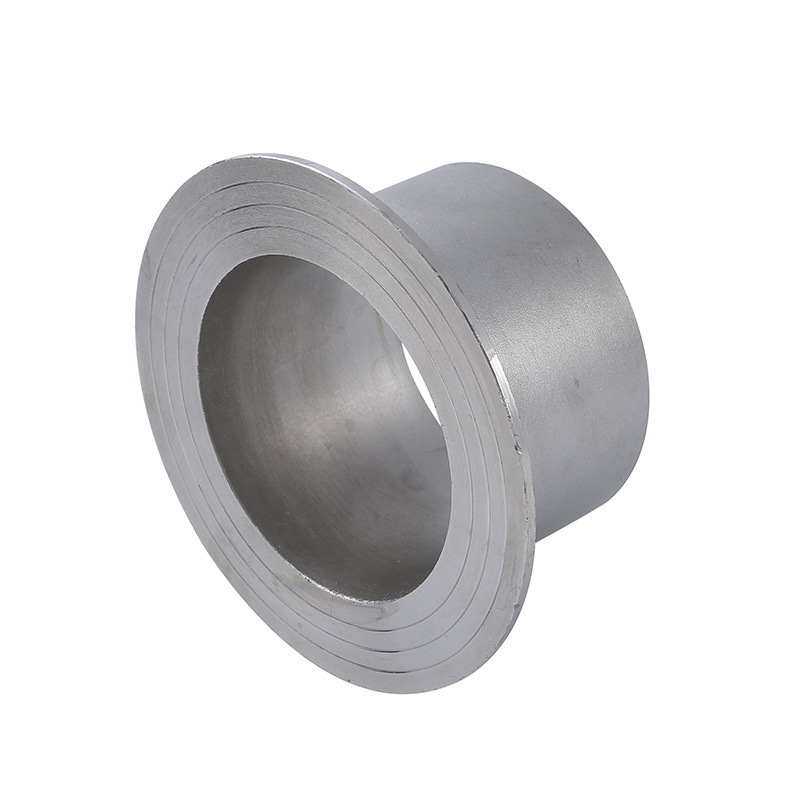
Welding ring is a commonly used metal ring component in pipeline connection or equipment do...
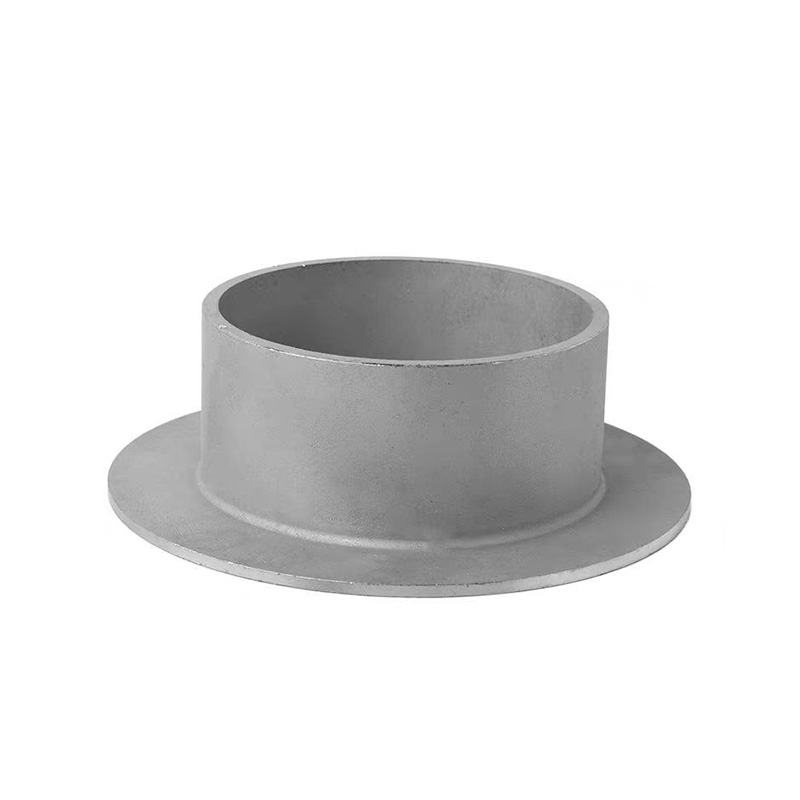
Welding ring is a pipe fitting used for pipeline connection. The following is its detailed ...






